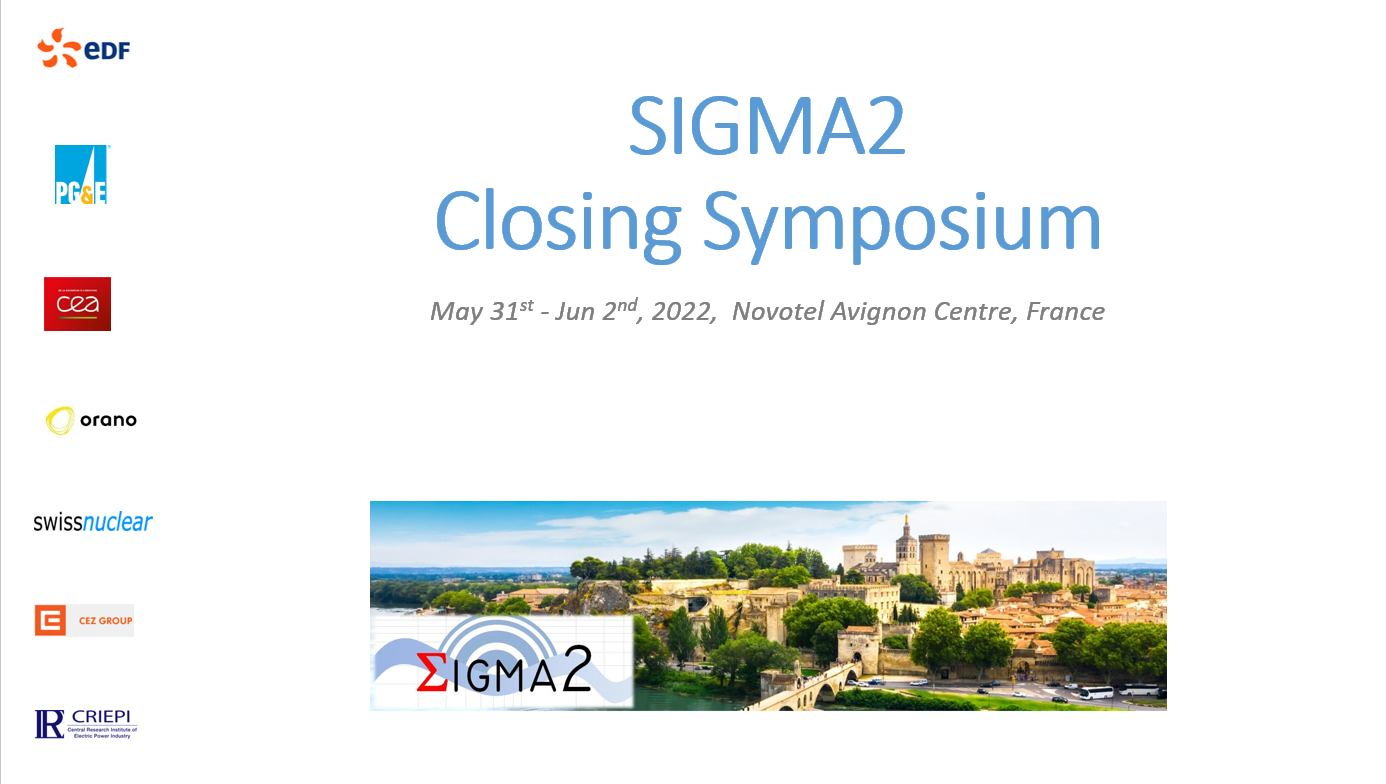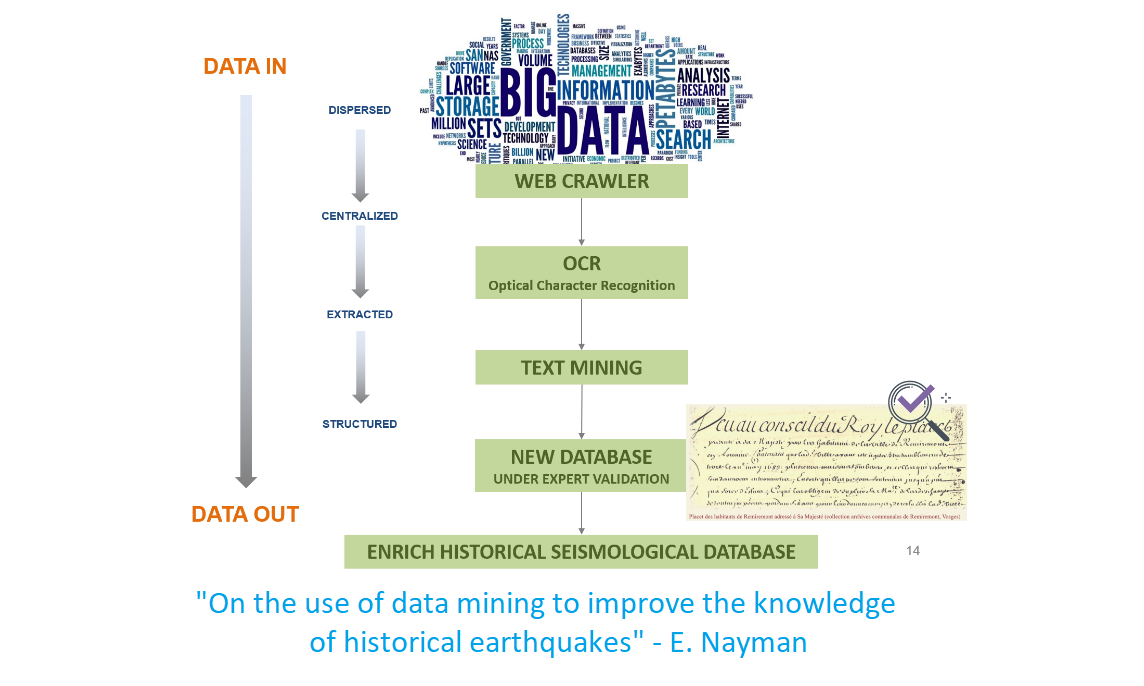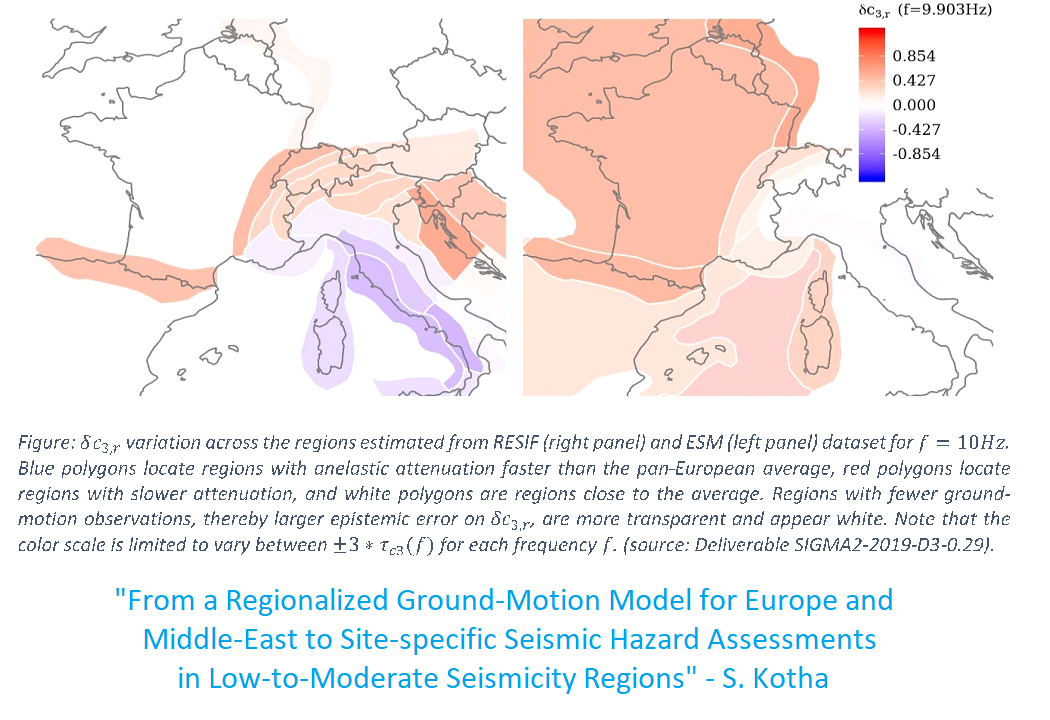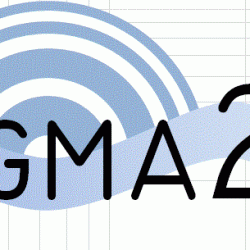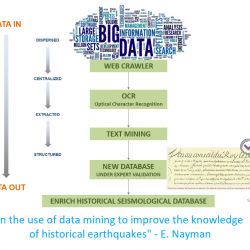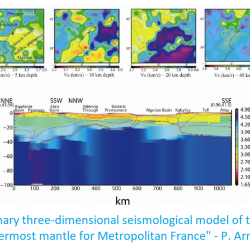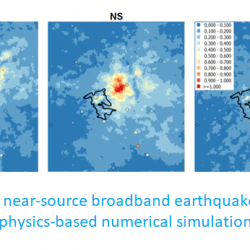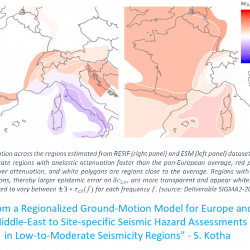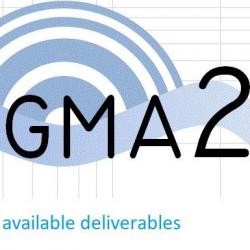Faults & Tectonics
Motivation & Objectives
Knowledge on faults is of primary interest when dealing with seismic hazard assessment, both deterministic and probabilistic, as it constitutes a key input for seismotectonic zoning characterization and fault modelling parameters. In the intraplate domain, low to moderate seismic activity level does not usually enable an accurate mapping of active structures. In addition, surface processes, such as erosion, are faster than tectonics and tend to erase expression of faulting (geometry of faults, kinematic or age of last movement). As a consequence, seismic hazard studies can suffer from large uncertainties associated to the lack of accurate fault characteristics. In addition, recent studies suggest that deformation processes in intraplate domains can result from surface processes interaction overlain on long-term slow tectonics processes. Understanding of tectonic deformation engine(s) in stable continental regions could also allow to better constrain input data for seismic hazard studies and contribute to improve their robustness.
WP1 proposes several actions related to the development or use of methods for the characterization of deformation processes and faults in Stable Continental Regions (SCRs).
Coordination
Kevin MANCHUEL (EDF) & Lauren BOLLINGER (CEA)

Actions
Faults dating
Faults dating can be, in several cases, addressed through morphotectonic mapping, including the cartography of ground deformation , measurement of quaternary markers offsets and dating.
Pre- or Post- dating the last episodes of the local fault activities is often a critical issue and can involve various geo- or thermo-chronological techniques, dating the deposition, burial or exposure of rocks and soils, precipitation/re-crystallization of minerals or the chronology of low-temperature thermal events.
Program of research
SIGMA2 and RESIF projects jointly organize a workshop on Active Tectonics and Dating, to present and discuss available and/or in development dating methods as well as their application to characterize fault activity. At the end the goal is to provide a state of the art of dating techniques commonly used in active tectonics studies and paleoseismology, and hopefully to identify innovative methods to constrain ages of deformation processes or fault motion.
Organization
Funding member: EDF
Collaboration: RESIF
Leader: EDF
Status: finalized
Results
Workshop
Numerical modelling of crustal deformation
We aim at developing models for France that include the main tectonic structures, and to test various processes that can control their deformation (Alpin collision, medio-atlantic ridge, erosion,…)
Motivations
Ongoing and recently published works by Geosciences Montpellier Lab [Vernant et al., 2013 and Chéry et al., 2016] and based on numerical modeling put in light the importance of surface loading in the alpine current deformation. By using the ADELI code, the objective here is to analyze deformation location at the scale of the whole French metropolitan territory, according to different forcings and to compare results to observations (seismicity mainly, and GPS data when available).
Program of research
Work plan includes 3 main steps:
- 2D numerical models that take into account postglacial rebound;
- Add of structural inheritance in models (weakness zones);
- Implementation of tectonics velocities in models.
Organization
Funding member: EDF
Type: Postdoctoral position
Collaboration: Geosciences Montpellier Lab (S. Mazzotti)
Status: In progress (started 04/2017)
Results
Report
Database of fault-related information for SHA in the Czech Republic
Report available! ![]() "Database of fault-related information for SHA in the Czech Republic" by P. Spacek (7.2 Mo)
"Database of fault-related information for SHA in the Czech Republic" by P. Spacek (7.2 Mo)
Link to the database website: Faults of the Bohemian Massif
Motivations
Seismotectonic models are key inputs to the PSHA. Our knowledge on the faults in regions with low seismicity and strain rates is typically limited by large uncertainties which become crucial when relating to faults in proximity of the NPPs. In such environments the identification of active faults and their parametrization is difficult and often poorly constrained. Effort should be made to improve and unify the methodical approaches used for the fault assessment.
Program of research
Database of fault-related information has been developed for territory of the Czech Republic and adjacent areas of neighboring countries to become a principal data pool for modeling fault sources in SHA at Czech NPP sites. For the Czech Republic this is the first attempt to give comprehensive database of faults with systematic summary on their evolution and late activity. This report explains the methodical strategy used, describes the database structure, and outlines the technical solution of its interconnection with other data sources into a integrated database system. In addition to its application in SHA the database is made to serve community of geoscientists as a platform for storing and exchange of their knowledge. Therefore, it is connected to interactive map available online at url faults.ipe.muni.cz together with rich explanation texts and detailed descriptions of supporting evidence which make the evaluation of fault activity transparent. Some novel approaches are featured in our database, such as recording arguments for local geometry of fault lines in the map or including in the database of observations bringing counterevidence on fault slip in addition to positive evidence. The database‘s simple structure and standard format should enable connection with other regional databases in future.
Organization
Funding member: CEZ
Type: Postdoctoral position
Collaboration: Masaryk University
Status: in progress

Testing of fault slip rate models against historical seismicity
Motivations
Characterizing the seismogenic behavior of the active faults is critical to properly assess the seismic hazard. However, this goal cannot be reached easily in most intraplate regions, along very slow slipping faults for which interseismic slip deficit cannot be resolved by the present-day geodetic measurements. The uncertainties associated to the seismogenic potential in such tectonic contexts remains often very high.
However, the reliability of some parameters characterizing the seismogenic potential and their uncertainties can be tested against historical and instrumental seismicity realizations.
Program of reasearch
Such a testing was performed within a postdoctoral scholarship provided by CEA and donated to the project as an in-kind participation. The work was focused on the south eastern French metropolitan region, and confronted the regional active fault database with available catalogs of historical and instrumental seismicity. The rates of earthquakes predicted by the tectonic models appear six to eighteen times higher than the historical and instrumental observations (See Figure Hereafter). Such a difference could be explained by an overestimation of the seismogenic potential of the faults taken in the fault models or by different average seismicity rates at historical and longer-term timescales.
Organization
Funding member: CEA
Type: Postdoctoral position
Collaboration: CEA
Status: completed
Results
Report
Strike-slip fault segmentation: Insight from numerical modeling
Report available! Strike-slip fault segmentation: Insight from numerical modeling (13.79 Mo)
Motivations
Careful surveys of fault traces reveal some level of geometrical complexity with linear fault segments bounded by relay zones, especially for strike slip faults. However, how much surficial geometrical complexities are reflective of the fault geometry at depth and how much such complexity could influence earthquake processes is still highly debated. This study aims at documenting the structural properties of faults, the time evolution of the fault structure, and its impact on earthquake processes and surface deformation with discrete element modelling. This work is produced within the postdoctoral scholarship of Liqing Jiao at IPGP.
Program of reasearch
The first part of her work focused on documenting the factors controlling the fault segment length and spacing lengths between the segments.
It demonstrates that the thickness of the brittle medium is the key factor that controls the fault segment and spacing length in strike-slip faulting environments (Figure above). It then confronts the results with geological observations and analogue experimental results.
Organization
Funding member: EDF
Type: Postdoctoral position
Collaboration: IPGP
Status: in progress
Results
Report

